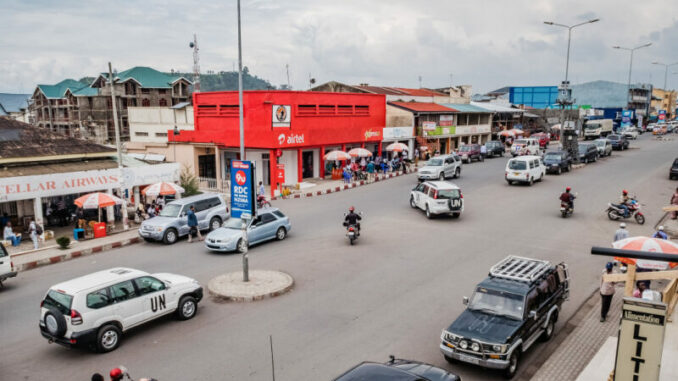
In Goma, eastern Democratic Republic of the Congo, residents rushed to bury around 2,000 victims of last week’s brutal fighting, fearing the spread of disease amidst a fragile ceasefire. The Rwanda-backed M23 rebels, who seized control of the city, declared a ceasefire on Monday February 3, largely holding to it.
However, sporadic incidents of shooting and looting were still reported on Tuesday February 4, leaving the population in a state of fear and uncertainty.
As Goma’s residents began to assess the damage, they faced the grim task of clearing out bombed-out buildings and overflowing morgues. The DRC’s communications minister confirmed that over 2,000 bodies had accumulated due to the violent clashes, with the United Nations reporting at least 900 deaths and nearly 3,000 injuries during the fighting. Hospitals were overwhelmed, and bodies were left in the streets, adding to the challenges faced by the overwhelmed city.
The situation was further exacerbated by power outages that disrupted refrigeration at morgues, making it a “race against time” to identify the deceased, according to Myriam Favier, head of the International Committee of the Red Cross sub-delegation in Goma. With limited land available for burials, authorities and volunteers scrambled to find places to bury the victims, while the survivors continued to grapple with the loss and trauma caused by the conflict.
